Aliquots
-

Data diving for health
To most effectively use electronic health records for research, investigators should query multiple components of the record to identify patients with specific diseases. Read MoreSep 23, 2015
-
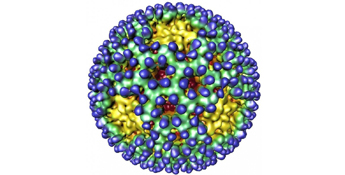
Keep your coat on, virus!
A compound acting on serotonin receptors delays a critical step during reovirus cell entry, reducing viral infectivity. Read MoreSep 22, 2015
-

Nerve cell remodelers
Vanderbilt investigators have defined a gene expression program that controls the timing of synaptic remodeling – a process that is critical to brain development, learning and memory. Read MoreSep 18, 2015
-

Heart repair factor
A signaling factor called Wnt10b is a novel target for optimizing cardiac repair after a heart attack. Read MoreSep 17, 2015
-

How to build a basement
Understanding the action of a certain enzyme will shed light on basement membrane function, and on disorders ranging from diabetic kidney disease to cancer. Read MoreSep 9, 2015
-

Immune cells and obesity
Understanding how macrophage immune cells accumulate in fat tissue and contribute to the pathology of obesity could lead to the development of novel therapeutics for metabolic disorders. Read MoreSep 8, 2015
-

Vitamin C protects blood vessel lining
Dietary vitamin C may maintain healthy blood vessels in patients with inflammatory diseases. Read MoreSep 4, 2015
-

Bad “traffic” linked to cancer
Understanding how signaling molecules are transported within and out of the cell may help to uncover the causes of certain cancers. Read MoreSep 3, 2015
-

Framework for studying cell responses
Vanderbilt investigators have developed a framework for studying cellular responses that could be used to identify the agents driving a range of biological processes in health and disease. Read MoreAug 26, 2015
-

How the cell makes morphine
Vanderbilt investigators have discovered how mammals, including humans, produce the painkiller morphine. Read MoreAug 25, 2015
-

Brain circuitry in psychosis
Functional magnetic resonance imaging has revealed faulty circuits between the thalamus – a central hub of brain activity – and other brain regions. Read MoreAug 21, 2015
-
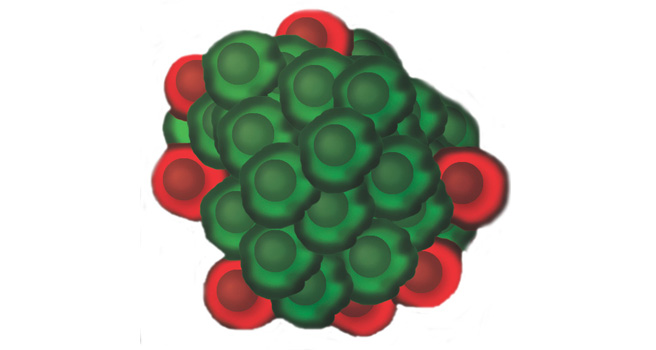
New therapeutic target for diabetes
The factor FoxM1 increases the proliferation and function of insulin-producing beta cells, making it an attractive therapeutic target for diabetes. Read MoreAug 20, 2015
-
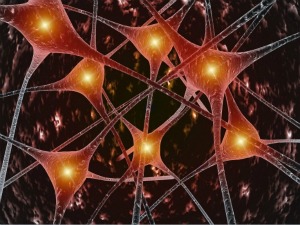
Origins of neuroblastoma
Vanderbilt researchers are exploring how neuroblastoma tumors begin and progress, knowledge that could provide new treatments for this pediatric cancer. Read MoreAug 12, 2015
-
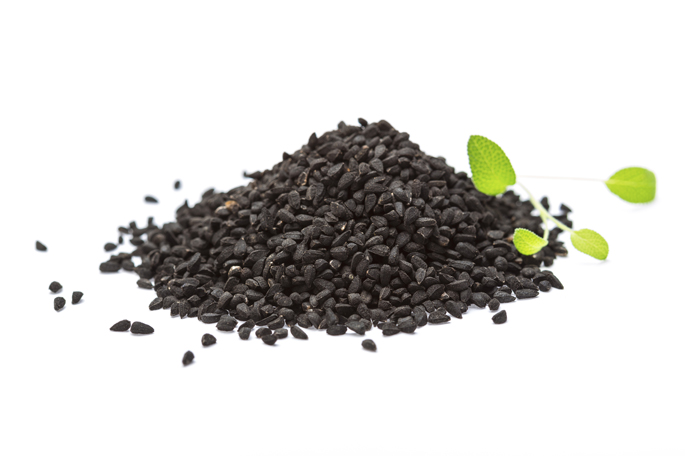
Drug combos enhance ovarian cancer cell death
Drugs that target DNA damage improve ovarian cancer cell response to platinum chemotherapies, suggesting new therapeutic opportunities. Read MoreAug 11, 2015
-

Bridging the antibiotic gap
Vanderbilt researchers have discovered how certain molecules with antibiotic properties are synthesized, findings that could lead to new drugs that overcome the increased antibiotic resistance in bacteria. Read MoreAug 7, 2015
-
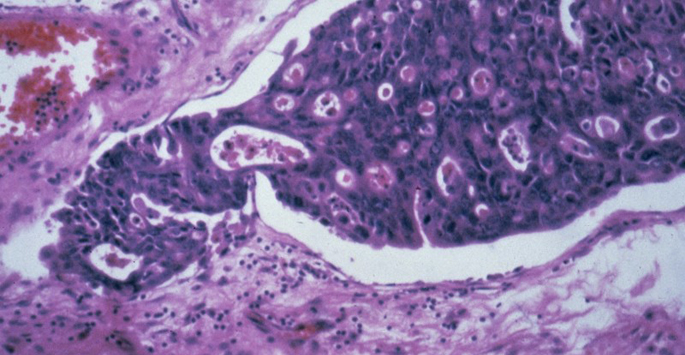
Stomach cancer cues
Vanderbilt scientists have discovered a new molecular mechanism that promotes stomach cancer development, findings that could provide new opportunities for treatment. Read MoreAug 6, 2015
-

In a zebrafish’s eye
Vanderbilt investigators demonstrate that a certain eye lens protein is evolutionarily conserved between zebrafish and rat, suggesting that zebrafish can be used as a model system to understand eye lens disorders such as cataracts. Read MoreJul 29, 2015
-

Anticancer olive compounds
Compounds found in olives and olive oil have anticancer activity, which may contribute to the cancer preventive properties attributed to the Mediterranean diet. Read MoreJul 27, 2015
-
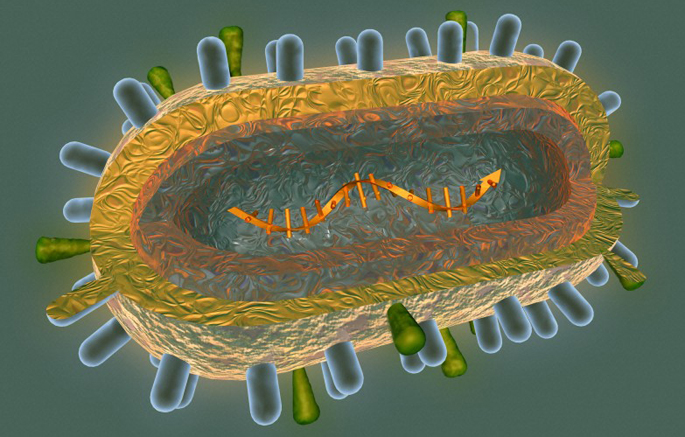
How to trick a wily virus
Vanderbilt investigators have discovered how human antibodies induced during testing of an experimental “bird flu” vaccine kill the virus. Read MoreJul 24, 2015
-
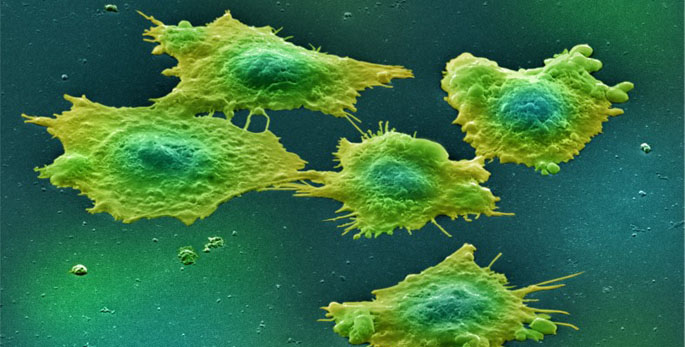
Targeting bone metastasis
The rigidity of the bone extracellular matrix increases the ability of tumor cells to destroy bone, suggesting new targets for anticancer drug development. Read MoreJul 23, 2015